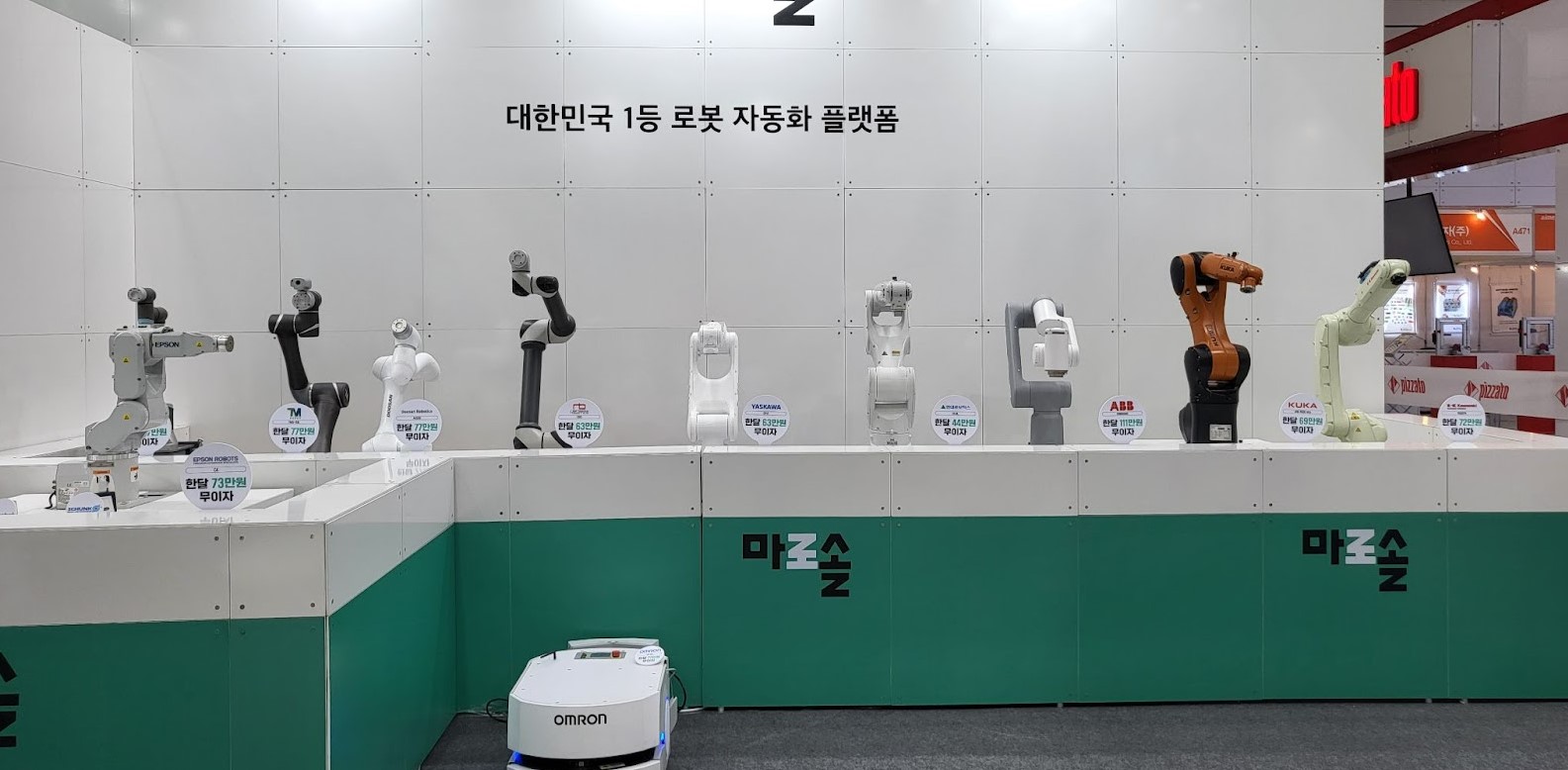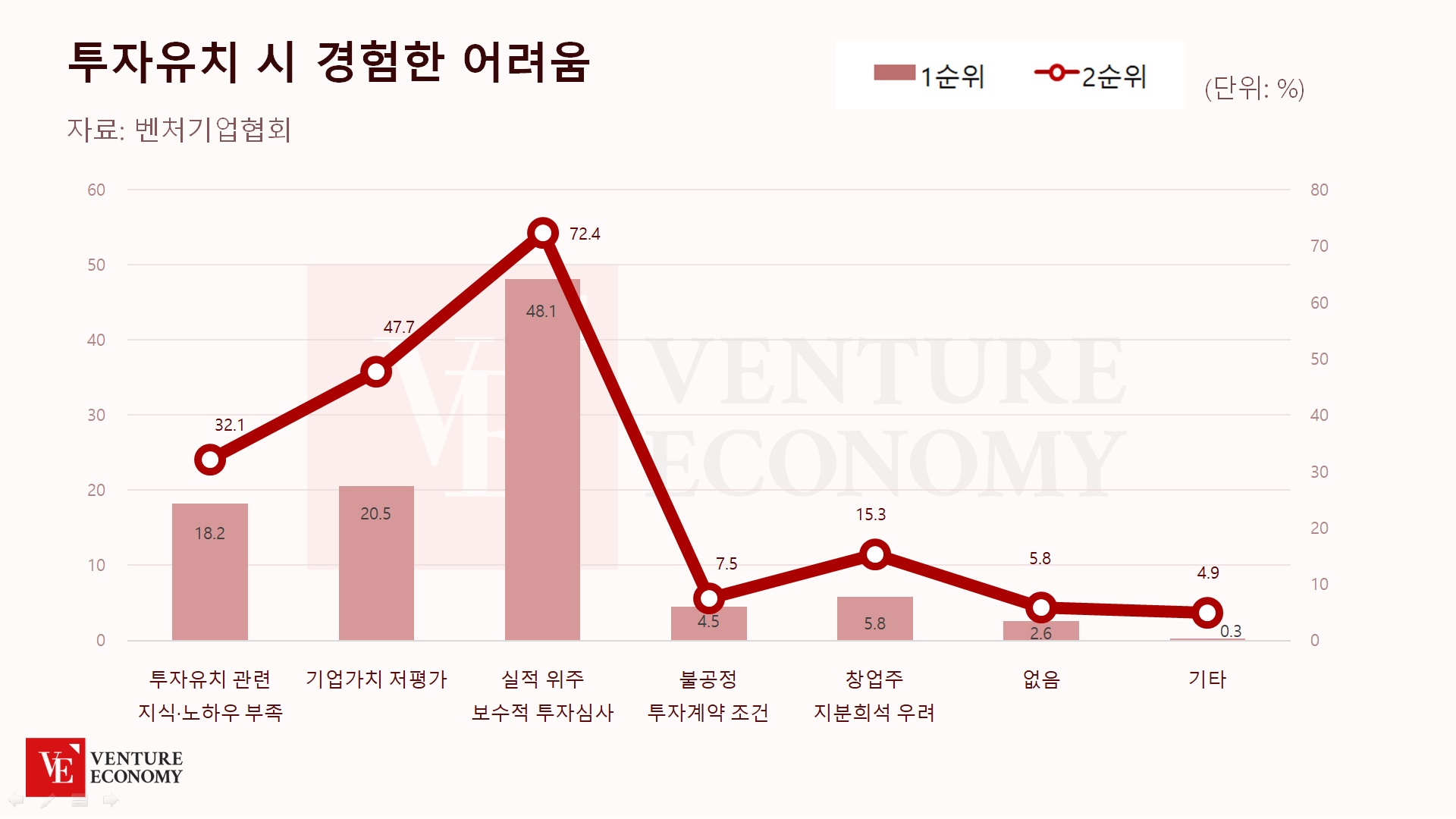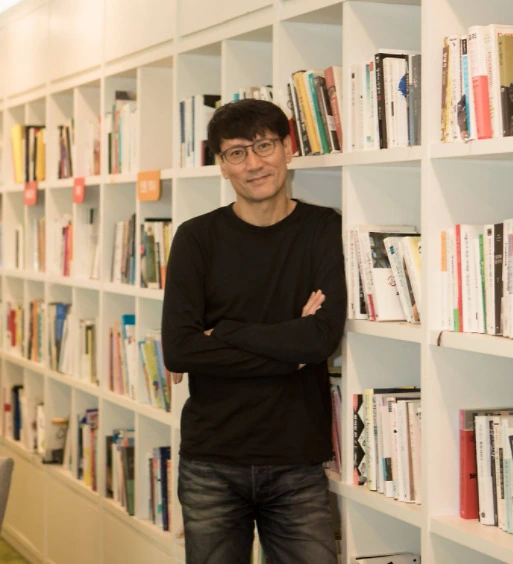[해외 DS] 10년의 연구, 휴먼 브레인 프로젝트의 명과 암 (1)
EU의 당찼던 포부 “인간 뇌를 모형하겠다” 리더십에 대한 의문과 조각난 조직·성과 바위틈에서도 꽃 피운 연구진의 노력
[해외DS]는 해외 유수의 데이터 사이언스 전문지들에서 전하는 업계 전문가들의 의견을 담았습니다. 저희 데이터 사이언스 경영 연구소 (MDSA R&D)에서 영어 원문 공개 조건으로 콘텐츠 제휴가 진행 중입니다.

10년에 걸쳐 500여 명의 과학자와 약 6억 유로(한화 약 8600억원)가 투입된 사상 최대 규모의 연구 ‘Human Brain Project'(이하 HBP)가 올해 9월 막을 내린. 유럽연합(이하 EU)이 자금을 지원한 이 프로젝트의 야심 찬 목표는 컴퓨터로 인간의 뇌를 모델링하여 뇌에 대한 이해를 높이는 것이었다.
프로젝트가 진행되는 동안 HBP에 참여한 과학자들은 수천 편의 논문을 발표했으며 최소 200개 뇌 영역의 상세한 3D 지도를 만들고, 실명 치료를 위한 뇌 이식술을 개발했다. 또한 슈퍼컴퓨터를 사용하여 기억과 의식과 같은 기능을 모델링하고, 다양한 뇌 질환의 치료법을 발전시키는 등 신경과학 분야에서 상당한 진전을 이뤘다.
“프로젝트가 시작되었을 때만 해도 빅데이터의 잠재력과 슈퍼컴퓨터를 사용하여 뇌의 복잡한 기능을 시뮬레이션할 수 있다고 믿는 사람은 거의 없었습니다.”라고 브뤼셀에 있는 유럽위원회의 토마스 스코다스(Thomas Skordas) 사무차장이 말했다.
HBP는 시작부터 비판을 받아왔다. 많은 과학자가 무리한 목표라고 생각했던 인간의 뇌 전체를 시뮬레이션한다는 목표를 달성하지 못했다. 파리에 있는 프랑스 국립 연구 기관 CNRS의 인지 과학자이자 연구 책임자인 이브 프레그낙(Yves Frégnac)은 HBP의 방향이 여러 번 바뀌면서 과학적 성과가 “파편화되고 모자이크처럼 조각조각 흩어졌다”라고 지적했다. 그는 이 프로젝트가 뇌에 대한 포괄적이거나 독창적인 이해를 제공하는 데는 부족하다고 덧붙였다.
반면 프로젝트의 일환으로 만들어진 가상 플랫폼인 EBRAINS는 뇌에 대한 이해에 한 걸음 더 다가갈 수 있는 희망을 가져다주었다 . EBRAINS는 전 세계 과학자들이 디지털 실험을 실행하는 데 사용할 수 있는 도구와 영상 데이터 모음이 들어 있는 연구 플랫폼이다. 프랑스 엑스 마르세유 대학의 신경과학자이자 HBP 이사회 구성원인 빅토르 지르사(Viktor Jirsa)는 “현재 우리는 실제 디지털 브레인 트윈을 구축할 수 있는 모든 도구를 갖추고 있습니다.”라고 전했다.
하지만 EBRAINS의 자금 조달이 원활하지 못한 상황이다. 다른 곳에서는 대규모 예산이 투입되는 뇌 프로젝트가 한창 진행 중인데, 유럽의 프로젝트는 중단될 위기에 처했다. 2019년 HBP에 합류한 암스테르담 대학의 계산 신경과학자 호르헤 메지아스(Jorge Mejias)는 “우리는 아마도 뇌에 대한 진지한 관심을 처음 시작한 집단 중 하나였을 것입니다. 하지만 이제 모두가 서두르고 있어 한가하게 낮잠을 잘 시간이 없다”라고 강조했다.
혼란스러운 과거
2013년에 출범할 당시의 주요 목표 중 하나는 뇌의 기능과 조직 그리고 질병을 더 잘 이해하는 데 필요한 도구와 인프라를 개발하고, 기초 및 임상 신경과학 분야의 소규모 프로젝트를 진행하는 것이었다. HBP는 그해 유럽에서 산업 부흥을 위해 기금을 지원받은 두 개의 장기 연구 프로그램 중 하나였으며, 다른 하나는 그래핀의 잠재력을 연구하는 프로젝트였다.
HBP는 10억 유로(미화 11억 달러)의 자금을 지원받기로 약속받았다. 결국 이 프로젝트는 EU로부터 4억 6천만 유로를 포함해 총 6억 7천만 유로를 지원받았고, 4단계에 걸쳐 단계별로 지원금을 분배했다(‘인간 두뇌 프로젝트의 진화 과정’ 참조).
하지만 첫해에 HBP는 문제에 부딪혔다. 설립자이자 프로젝트의 리더였던 로잔 스위스 연방 공과대학교(EPFL)의 신경과학자 헨리 마크람(Henry Markram)은 HBP가 10년 안에 인간의 뇌를 세포 수준에서 재구성하고 시뮬레이션할 수 있다고 전망했다. 마크람의 포부는 신경과학자들 사이에서 상당한 회의론을 불러일으켰다. “과학이 새로운 길을 개척할 때는 당연히 논란이 뒤따릅니다.”라고 마크람은 받아쳤다. HBP에 참여하지 않은 영국 케임브리지 대학의 계산 신경과학자 티모시 오리어리(Timothy O’Leary)는 높은 목표가 HBP가 출발하는 데 도움이 되었을 수 있다고 옹호했다. “말도 안 되게 야심 찬 목표가 없었다면 HBP가 자금을 지원받을 수 있었을지 의문입니다.”
시간이 지남에 따라 마크람의 리더십은 점점 인기가 떨어졌다. 2014년에 그와 다른 두 명의 운영위원은 프로젝트의 중점 분야를 바꿔, 인지 신경과학에 관한 연구를 대폭 축소했고 그 결과 18개 연구소가 탈퇴했다. 그러자 150명 이상의 과학자 항의 서한에 서명하여 HBP의 목적을 재고할 것을 촉구했다. 서한에서는 HBP가 제대로 관리되지 않았고 부분적으로 과학적 절차를 따르지 않는다고 주장했다. “신경과학 커뮤니티의 일부가 단일 목표 아래 연합할 준비가 되어 있지 않다는 것이 분명해졌습니다.”라고 마크람은 말했다.
EU는 프로젝트의 운영 방식과 과학적 목표를 재검토하기 위해 독립적인 전문가들로 구성된 위원회를 구성했다. 위원회는 HBP가 과학적 목표를 재고하고 보다 구체적으로 목표를 표현하며, 인지 신경과학을 핵심 프로그램에 재통합하길 권고했다. 2015년 2월 HBP의 이사회는 3명으로 구성된 집행위원회를 해체하고 더 큰 규모의 이사회로 교체하기로 했다.
앞선 소동으로 인해 일부 과학자들은 HBP에 대해 회의적인 시각을 가졌다. 메지아스는 “이러한 의구심이 계속 이어졌습니다.”라고 언급했다.
한편 다른 곳에서도 대규모 뇌과학 프로젝트가 시작되거나 본격화됐다. 미국과 일본은 HBP와 비슷한 시기에 프로젝트를 시작했는데 전자는 2026년까지 그리고 후자는 총 15년 동안 진행되길 기대하고 있다. 중국은 2021년에 시작했으며 호주와 한국의 프로젝트는 모두 7년 차에 접어들었다.
HBP의 드라마는 집행위원회의 해임으로 끝나지 않았다. 2016년부터 2020년까지 프로젝트의 고위 경영진에 몇 차례 변화가 있었다. 그동안 불행 중 다행으로 연구는 속도를 내기 시작했고 2016년 개발 단계의 결과로 뇌 시뮬레이션, 고성능 분석 및 컴퓨팅, 뉴로보틱스 등의 분야를 다루는 6개의 전문 운영 플랫폼을 출시했다.
시간이 지나면서 이 여섯 가지를 통합하는 것이 목표였지만, 처음에는 “다소 독립적이었다”고 독일 율리히 연구 센터의 신경과학자이자 HBP의 과학 연구 책임자인 카트린 아문츠(Katrin Amunts)가 운을 뗐다. “HBP와 같은 대규모 프로젝트를 진행하면서 시행착오는 피할 수 없습니다.”
최고의 히트작
운영 측면을 뒤로 하고, HBP는 중요하고 유용한 과학적 성과를 쌓아 왔다. 약 200개의 대뇌 피질과 더 깊은 뇌 구조에 대한 3D 지도를 만들고 결합하여 뇌 지도집(아틀라스)을 만들었으며, 세포 및 분자 구조부터 기능 모듈 및 연결성에 이르기까지 뇌의 다층 구조를 묘사해 냈다. EBRAINS 플랫폼을 통해 아틀라스를 모두 무료 공개했다.
해부한 뇌에서 얻은 데이터를 사용하여 표준화된 지도를 생성하고 이 지도를 사용하여 기억, 언어, 주의력, 음악 처리에 기여하는 전전두엽 피질에서 이전에 알려지지 않은 6개의 뇌 영역을 발견했다. 또한 워싱턴주 시애틀에 있는 앨런 뇌과학연구소에서 개발한 데이터베이스인 앨런 휴먼 브레인 아틀라스의 유전자 발현 데이터와 지도를 연결하여 뇌 전체의 뉴런을 특성화했다. 연구자들은 이 두 가지 지도를 사용하여 우울증과 관련된 유전자 발현의 변화가 전두엽 피질 영역의 구조적 및 기능적 변화와 어떻게 연관되어 있는지 알아냈다.
그 외에도 HBP 연구진은 현미경 이미지로부터 뇌 영역의 전체 구조를 구축할 수 있는 고유한 알고리즘을 개발했다. 연구진은 이 도구를 사용하여 기억에 중요한 해마의 CA1 영역의 상세한 지도를 만들었다. 해당 지도에는 약 500만 개의 뉴런과 400억 개의 시냅스가 포함되어 있다.
게다가 일부 연구 결과를 임상 응용 분야로 전환하는 역할도 수행했다. ‘디지털 트윈’으로 개인화된 뇌 모델을 사용하여 뇌전증과 파킨슨병의 치료법을 개선했다. 디지털 트윈은 개인의 뇌 스캔을 모델과 병합한 수학적 표현이라고 지르사는 설명했다. 지르사와 그의 동료들은 2019년 6월 뇌 스캔 데이터를 사용하여 구축한 디지털 모델이 발작의 원인을 파악하고 뇌전증 수술 성공률을 높이는 데 도움이 될 수 있는지 테스트하기 위해 EPINOV라는 임상시험을 시작했다. 지르사는 “EBRAINS가 아니었다면 불가능했을 일”이라고 강조했다. EPINOV 임상시험은 프랑스 11개 병원에서 356명의 환자를 모집했고 수집된 데이터를 EBRAINS를 통해 다른 연구자들에게 제공할 수 있기를 희망한다고 지르사는 전했다.
HBP의 원래 계획에는 뇌를 모델로 한 컴퓨팅 시스템 개발이 포함되어 있었다. 이에 연구자들은 뇌 신경망과 유사한 대규모 인공 신경망 시스템을 시뮬레이션할 수 있는 일에도 기여해 왔다. 시스템을 활용하여 뇌가 어떻게 작동하는지에 대한 테스트를 진행하거나 로봇과 스마트폰 같은 다른 하드웨어를 제어하기 위해 실험하는 용도로 이용할 수 있다.
[해외 DS] 10년의 연구, 휴먼 브레인 프로젝트의 명과 암 (2)로 이어집니다.
It took 10 years, around 500 scientists and some €600 million, and now the Human Brain Project — one of the biggest research endeavours ever funded by the European Union — is coming to an end. Its audacious goal was to understand the human brain by modelling it in a computer.
During its run, scientists under the umbrella of the Human Brain Project (HBP) have published thousands of papers and made significant strides in neuroscience, such as creating detailed 3D maps of at least 200 brain regions, developing brain implants to treat blindness and using supercomputers to model functions such as memory and consciousness and to advance treatments for various brain conditions.
“When the project started, hardly anyone believed in the potential of big data and the possibility of using it, or supercomputers, to simulate the complicated functioning of the brain,” says Thomas Skordas, deputy director-general of the European Commission in Brussels.
Almost since it began, however, the HBP has drawn criticism. The project did not achieve its goal of simulating the whole human brain — an aim that many scientists regarded as far-fetched in the first place. It changed direction several times, and its scientific output became “fragmented and mosaic-like”, says HBP member Yves Frégnac, a cognitive scientist and director of research at the French national research agency CNRS in Paris. For him, the project has fallen short of providing a comprehensive or original understanding of the brain. “I don’t see the brain; I see bits of the brain,” says Frégnac.
HBP directors hope to bring this understanding a step closer with a virtual platform — called EBRAINS — that was created as part of the project. EBRAINS is a suite of tools and imaging data that scientists around the world can use to run simulations and digital experiments. “Today, we have all the tools in hand to build a real digital brain twin,” says Viktor Jirsa, a neuroscientist at Aix-Marseille University in France and an HBP board member.
But the funding for this offshoot is still uncertain. And at a time when huge, expensive brain projects are in high gear elsewhere, scientists in Europe are frustrated that their version is winding down. “We were probably one of the first ones to initiate this wave of interest in the brain,” says Jorge Mejias, a computational neuroscientist at the University of Amsterdam, who joined the HBP in 2019. Now, he says, “everybody’s rushing, we don’t have time to just take a nap”.
CHEQUERED PAST
The HBP was controversial from the start. When it launched in 2013, one of its key aims was to develop the tools and infrastructure required to better understand the function and organization of the brain and its diseases, alongside smaller projects in basic and clinical neuroscience. It was one of two long-term research programmes awarded funds that year that were intended to boost industry in Europe; the other was a project to study the potential of graphene.
The HBP was promised €1 billion (US$1.1 billion) in funds. In the end, it received €607 million, including €406 million from the EU, released over four phases and trickled out to labs that competed for grants at each phase (see ‘How the Human Brain Project evolved’).
But in the first year, the HBP ran into trouble. Founder and former director, neuroscientist Henry Markram at the Swiss Federal Institute of Technology in Lausanne (EPFL), said that the HBP would be able to reconstruct and simulate the human brain at a cellular level within a decade. Markram’s assertions sparked widespread scepticism from neuroscientists. “When science charts a new course, controversy naturally follows,” says Markram.
The lofty goal might have helped the HBP to get off the ground, says Timothy O’Leary, a computational neuroscientist at the University of Cambridge, UK, who is not part of the HBP. “It’s not clear that the HBP would have got funded without some kind of ridiculously ambitious goal attached to it.”
Over time, Markram’s leadership became increasingly unpopular. In 2014, he and the other two members of the executive committee changed the focus of the project, cutting out a swathe of research on cognitive neuroscience that resulted in a network of 18 laboratories leaving the project. Markram says that there was dispute over funding for the various arms. In response, more than 150 scientists signed a protest letter, urging the European Commission to reconsider the HBP’s purpose in time for the second round of funding. The letter said that the HBP was poorly managed and had partly run off its scientific course. “It became evident that some in the neuroscience community were not ready to be united under a single vision,” Markram says.
The EU formed a committee of independent specialists to look at how the project was being run and to revise its scientific objectives. The committee recommended that the HBP should re-evaluate and more sharply articulate its scientific goals, as well as re-integrate cognitive and systems neurosciences into its core programme. In February 2015, the HBP’s board of directors voted to disband the three-person executive committee and replace it with a larger board.
The tumult made some scientists wary of the project. “This scepticism kept dragging a little bit,” says Mejias.
Meanwhile, large brain projects launched or kicked into high gear elsewhere. The United States and Japan both launched brain projects around the same time as the HBP — the former will continue until 2026 and the latter is hoping to run for a total of 15 years. China’s brain project started in 2021, and Australia’s and South Korea’s projects have both entered their seventh year.
The HBP’s drama did not end with the removal of the executive committee. Between 2016 and 2020, there were several changes to the upper echelons of the project’s management. Meanwhile, the science began to pick up speed. In 2016, as a result of the project’s development phase, the HBP launched six specialized operating platforms, covering areas such as brain simulations, high-performance analytics and computing, and neurorobotics.
The idea was to integrate the six strands as time went on, but in the beginning, “they were rather independent”, says Katrin Amunts, a neuroscientist at Research Centre Jülich in Germany and scientific research director of the HBP. “Having such a big project like HBP means that there is a learning process, not everything works from the very beginning,” she says.
GREATEST HITS
Management aside, the HBP has stacked up some important and useful science. By creating and combining 3D maps of around 200 cerebral-cortex and deeper brain structures, HBP scientists made the Human Brain Atlas, which is accessible through EBRAINS. The atlas depicts the multilevel organization of the brain, from its cellular and molecular architecture to its functional modules and connectivity.
“The Human Brain Atlas is a little bit like Google Maps, but for the brain,” said Amunts during a press briefing at the HBP Summit 2023 in March.
The atlas used post-mortem brain data to generate standardized maps, accounting for natural variability between people. Using the atlas, HBP scientists have identified six previously unknown brain regions in the prefrontal cortex that contribute to memory, language, attention and music processing. It also links its maps to gene-expression data in the Allen Human Brain Atlas, a database developed by the Allen Institute for Brain Science in Seattle, Washington, that characterizes neurons across the brain. Using the paired atlases, researchers revealed how changes in gene expression associated with depression were linked to structural and functional changes in a region of the frontal cortex.
HBP researchers have also developed unique algorithms that can build a full-scale scaffold model of brain regions from microscopy images. Using this tool, researchers have produced a detailed map of the CA1 region in the hippocampus, an area that is important for memory. The map contains around 5 million neurons and 40 billion synapses.
The HBP has translated some findings into clinical applications, using personalized models of the brain — or ‘digital twins’ — to improve treatments for epilepsy and Parkinson’s disease. Digital twins are mathematical representations of a person’s brain that merge scans from an individual with a model, explains Jirsa.
Jirsa and his colleagues launched a clinical trial called EPINOV in June 2019, to test whether digital models built using brain-scan data can help to identify the origin of seizures and improve the success rate of surgery for epilepsy. This is “something I would not have been able to do outside of EBRAINS,” says Jirsa.
The EPINOV trial has recruited 356 people across 11 French hospitals. Jirsa hopes to make the imaging data from the trial available to other researchers through EBRAINS.
The original project plan for the HBP included the development of computing systems modelled on the brain. HBP scientists have contributed to neural networks that can simulate large brain-like systems, either to test ideas about how brains work or to control other hardware, such as robots or smartphones.



























